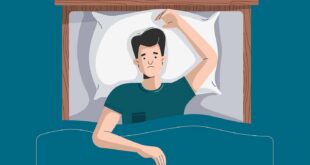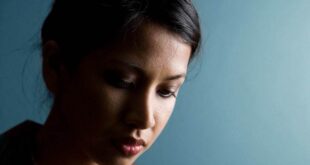THE TREATMENT OF GENERALIZED ANXIETY DISORDER.
Three general treatment approaches have been applied to the problems of chronic anxiety and generalized anxiety disorder.
The oldest and still most widely used approach is to provide psychological support and reassurance to
anxious patients in conjunction with attempts to help them understand the origins of their anxiety.
More recently, interventions that attempt to reduce arousal directly have been applied to the problem.
The third approach involves altering biological factors through psychopharmacologic interventions.
Our approach to generalized anxiety is determined by whether the anxiety symptoms are secondary to another Axis 1 disorder or are independent symptoms.
Consistent with what many clinicians report using the new DSM-III-R GAD diagnosis, we find pure GAD to be a very rare disorder.
Therefore, the first order of therapy is to focus on the primary Axis 1 disorder. If the patient has panic disorder and GAD, we treat the panic disorder first as described in the next chapters.
Similarly, we treat major depressive, alcohol, or substance abuse disorders before GAD. Usually, resolution of the primary Axis 1 disorder alleviates many of the anxious symptoms.
If the patient is suffering from a primary GAD yet able to function effectively and tolerate the symptoms, we usually introduce a relaxation reduction technique in the first few sessions.
If the anxiety is incapacitating, we use medication.
Most of our patients with GAD have chronic symptoms of anxiety exacerbated by some current life stressors.
Treatment frequently centers on helping the patient to resolve such stressors. It is usually not realistic to alleviate the anxiety entirely.
To avoid creating unrealistic expectations, we tell patients that the goal of treatment is to help them return to baseline levels of anxiety.
Our approach to the treatment of GAD incorporates five techniques;
- Relaxation and related techniques aimed at decreasing
hyperarousal/attention. - Cognitive behavior therapy
- Skills training and coping
- Alteration in life-style factors that may contribute to or alleviate anxiety
- Psychopharmacology
Family and couples therapy, and in some cases psychodynamic therapy,
may also be a part of treatment.
 Therapy for anxiety Therapy for anxiety
Therapy for anxiety Therapy for anxiety



